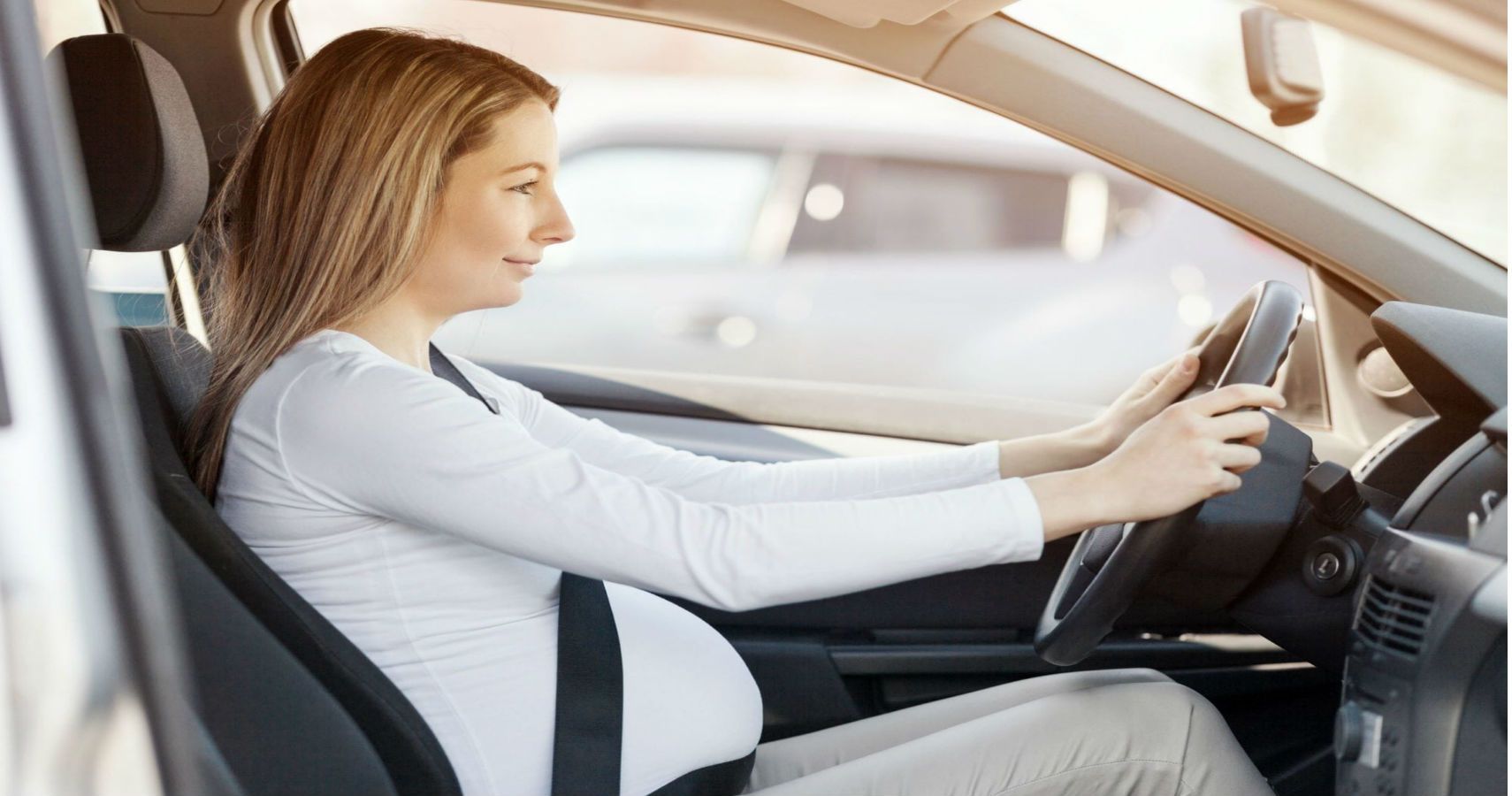Engineer says safety equipment such as airbags and seatbelts are not adjustable to pregnant women's bodies and needs.
Research shows that car crashes are the largest single cause of death for pregnant women and the leading cause of traumatic fetal injury mortality in the United States Each year, 160 pregnant women are killed in motor-vehicle crashes and an additional 800 to 3200 fetuses are killed when the mother survives in the US. Unfortunately, fetal injury in motor vehicle crashes has been difficult to predict due to the fact that real-world crash data is limited and cadaver studies are not always feasible.
However, new research from UBC's Okanagan campus has developed an innovative model to map the impact of trauma on a pregnant woman and her uterus if she were involved in an accident. The research hopes to change and advance the making of everything from airbags to seatbelts safer and improve its safety for both mother and unborn child.
Hadi Mohammadi, an assistant professor at the UBC Okanagan School of Engineering and lead author on the study, wants mothers to feel and be safe like everyone else. "I became an engineer because I firmly believe we have an incredible ability to make the world a safer and better place," says Mohammadi. "But unfortunately a large portion of the world around us is designed and built excluding a group representing 50 percent of the population -- women."
He says that things like seatbelts, airbags and even the vibrations of the suspension are designed with the male body in mind, ignoring the physiology differences between men and women or women who are pregnant. It's an area that he says has very little research behind it. "A pregnant woman's body is under very unique stresses that absolutely must be taken into account when designing safety equipment -- especially in something she's going to be using every day, like a car or a bus," says Mohammadi. "Our intention was to create a model of how different mechanical traumas, like those you'd see in a car accident, impact a woman's uterus specifically."
The model he is working on is the first of its kind to use CT-scan data which is a tool to visualize the interior of the body in real-time. Its purpose is to map out and compare trauma on pregnant and non-pregnant abdomens. Mohammadi and his team were able to gauge the impact of different amounts of force, movements and penetration that occurs in the abdominal area. Mohammadi hopes that his model can help future engineers rethink how they design safety equipment and sees this kind of research as just the tip of the iceberg. Safety equipment should be made with everyone in mind.
There is no secret that a lot of things we use and need every day are not size-inclusive. Expecting moms who need ample room for their growing bodies still need access to preventable measures such as safety belts. Whenever you are in a car, even if you are in the backseat, you should always wear a safety belt.

